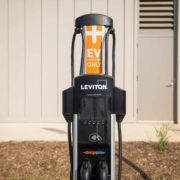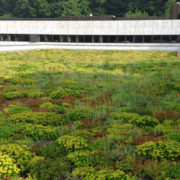IDA Lighting
International dark-sky association (IDA) lighting is short but powerful.
- Artificial lights affect wildlife and ecosystems. One example is hatching sea turtles heading toward the glimmer of lights instead of the moon reflecting on the ocean.
- IDA lighting is shielded to only cast light downward, protecting wildlife from dangerous misinformation.
- Artificial light diminishes the view of the starry sky. When’s the last time you saw the Milky Way? IDA standards minimize light pollution, allowing us a better view of the starry sky.
- Over-lighting developed areas at night is an unnecessary waste of energy.
Click here to learn more about Light Pollution by watching this video: Losing the Dark



